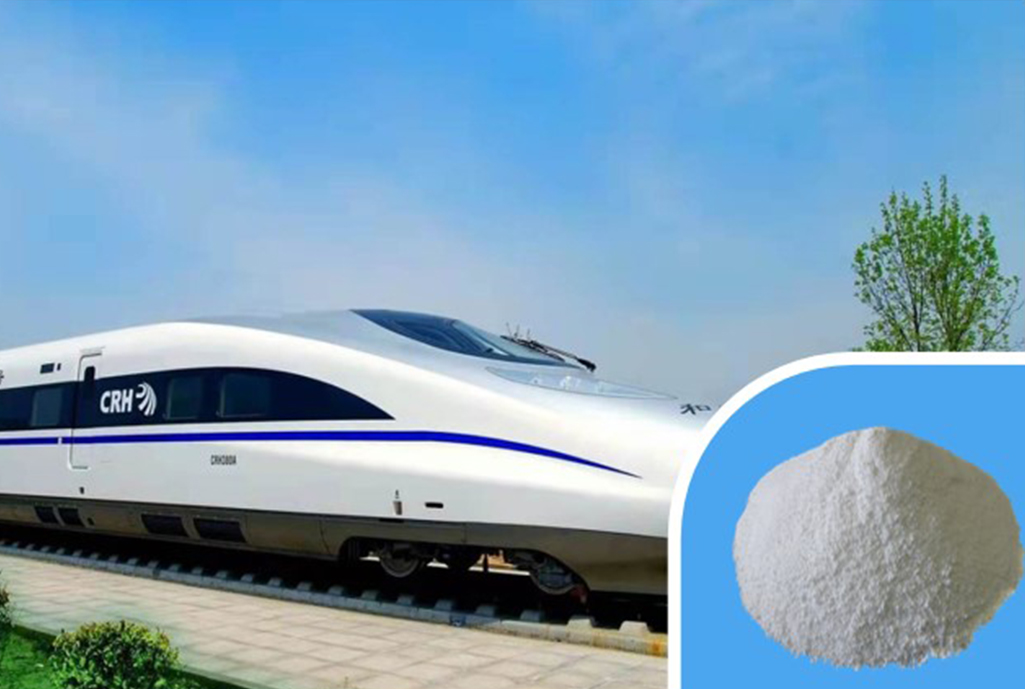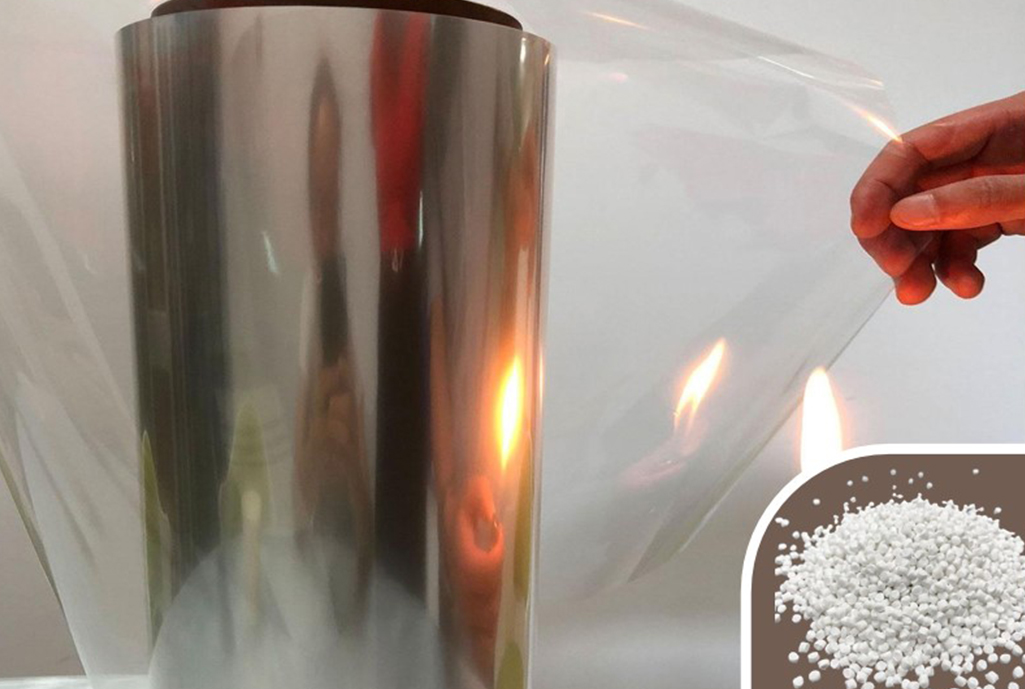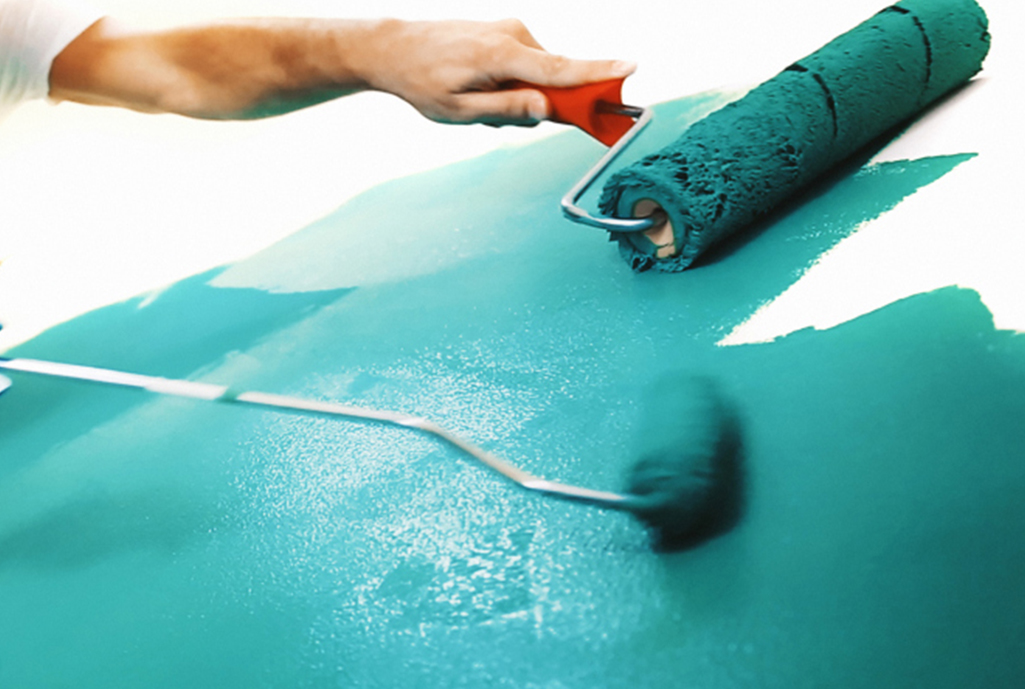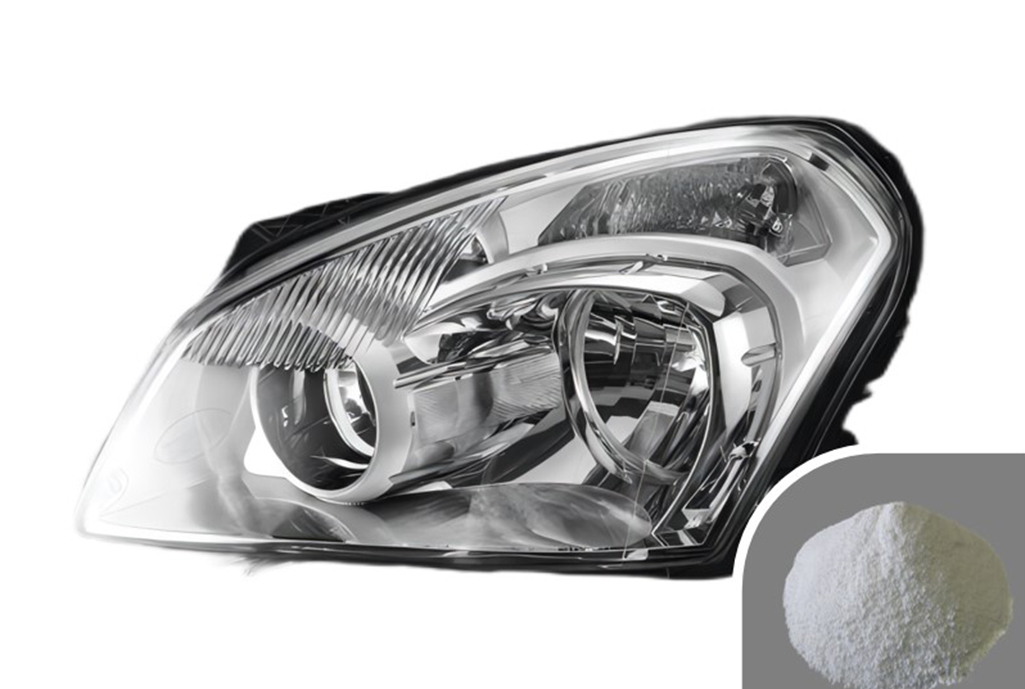Understanding Melamine Cyanurate (MCA): A Powerful Flame Retardant for Modern Materials
2025-05-20
Melamine cyanurate (MCA) is a widely recognized flame retardant used across various industries for its excellent fire resistance, thermal stability, and non-toxic properties. This white, odorless powder is formed through the combination of melamine and cyanuric acid, resulting in a highly effective additive that is especially suitable for polymer applications. As industries seek halogen-free flame retardants to meet environmental and safety standards, melamine cyanurate has emerged as a leading solution.
What Is Melamine Cyanurate?
Melamine cyanurate MCA is a nitrogen-rich compound commonly used as a flame-retardant additive in thermoplastics. It belongs to the class of intumescent flame retardants, meaning it forms a protective char layer when exposed to heat. This layer slows the spread of flames and reduces smoke emission, offering crucial safety benefits.
The chemical structure of MCA consists of melamine and cyanuric acid molecules bonded via hydrogen bonds. This stable compound begins to decompose at around 300°C, releasing nitrogen and other gases that help suppress combustion.
Key Features and Benefits of MCA
Halogen-Free Flame Retardancy: One of the primary advantages of melamine cyanurate is that it is a halogen-free flame retardant, making it environmentally friendly and safe for human contact. This aligns with the growing demand for green and sustainable additives in industrial processes.
Excellent Thermal Stability: MCA demonstrates high thermal stability, making it suitable for use in engineering plastics like polyamide (PA6, PA66).
Low Smoke and Toxicity: Unlike some flame retardants that release toxic gases when burned, melamine cyanurate minimizes harmful emissions, making it ideal for consumer electronics, automotive parts, and electrical applications.

Synergistic Performance: MCA often acts as a synergist with other flame retardants, enhancing the overall fire resistance of a material.
Applications of Melamine Cyanurate
Melamine cyanurate is widely used in:
Polyamides (Nylons): Particularly in glass fiber-reinforced polyamide 6 and polyamide 66, where it maintains mechanical strength while imparting flame resistance.
Electrical and Electronic Components: Due to its insulation properties and flame resistance, MCA is often used in circuit breakers, connectors, switches, and cable sheaths.
Automotive Industry: Interior parts, engine covers, and under-hood components benefit from MCA's thermal and fire-resistant properties.
Consumer Goods: Items like home appliances, power tools, and electronic housings incorporate melamine cyanurate to meet stringent flammability standards.




















